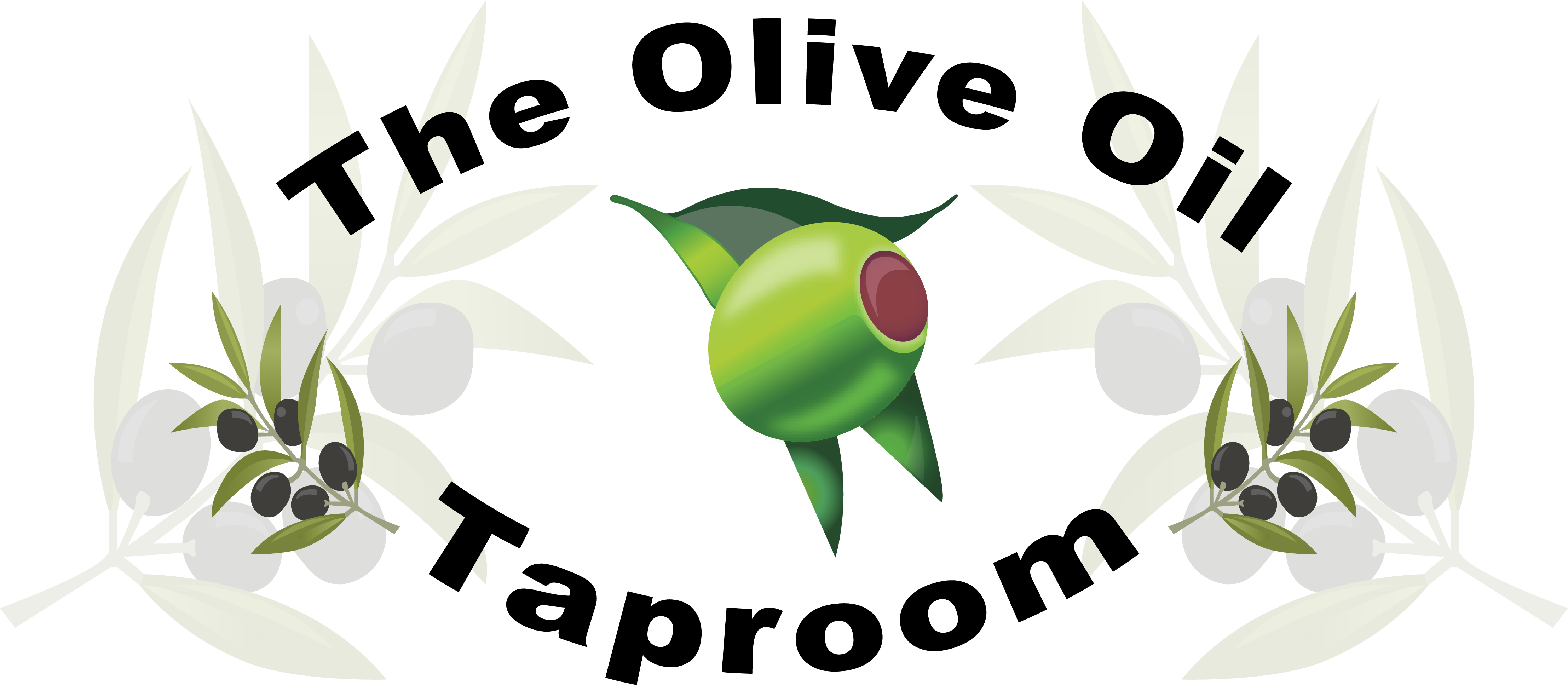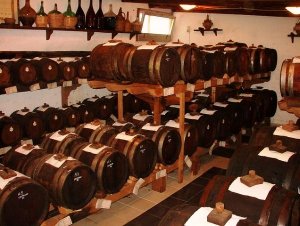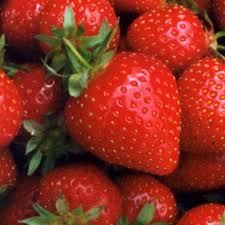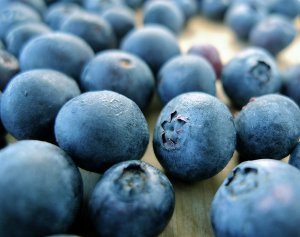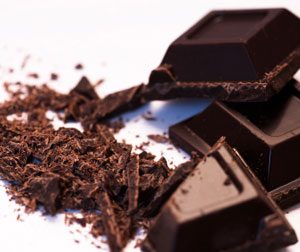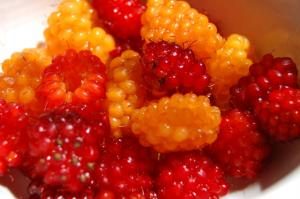Traditional (Aged Up To 18yrs)
Price range: $7.00 through $37.00
Perfected in Modena, Italy, this dense, dark brown vinegar is made from the “must” of mainly the Trebbiano grape. This juice is concentrated by evaporation, and the reduction remaining is added with a “Mother” vinegar. The “Mother” is a sludge-like substance that forms on the surface of vinegar and is composed of various yeast and bacteria that cause fermentation in wine and cider. Likewise, it turns the grape juice reduction into vinegar.
The new vinegar compound is then aged in wooden barrels, with that barrel being changed nearly every year. The wood used for barrels (such as chestnut, cherry, mulberry, juniper and oak) is also important, as it imparts its taste much in the same way that it does in wine.
Anything aged for less than 12 years is not officially traditional balsamic vinegar. The longer the vinegar ages, the more it changes. Every year in a barrel, the more moisture is removed from the vinegar. Thus, older vinegars are thicker, viscous in nature, and often syrupy. This also leaves the vinegar much sweeter than other vinegars. Our 18-Year Traditional Balsamic is simply “the best.”
QUALITY IN TRADITIONAL STYLE BALSAMIC CONDIMENTO
Our Traditional Style Condimento contains less than 5% high quality, barrel aged red wine vinegar from Modena which is added to inoculate the must with pro-biotic (acetic bacteria). The rest of the volume is wholly comprised of cooked Trebbiano grape must. The must is made from grapes cultivated in the region of Modena, which are crushed and cooked in the ancient “Traditional Style” in copper kettles, within the region of Modena, Italy.
Cooking in copper kettles to caramelize the grape sugar is more than just a quaint or romantic production step. Cooking down the grape must in copper is a rare production step which makes a monumental difference in terms of the quality and authenticity of the end product. Today most producers in Italy have opted for the vastly more efficient and modern method of condensing grape juice into a concentrate utilizing the relatively new process of vacuum evaporation. The use of this technology also typically necessitates the addition of up to 2% caramel color/dye to be added to the otherwise pale, anemic white grape must in order to add a deep, rich, mahogany-brown color. This practice was recently sanctioned by Italian law to allow producers to give the end consumer a false impression that the grape must was in fact cooked and caramelized in the “Traditional Style” in copper kettles.
However, it it not legal in Italy or North America, or most other countries to add artificial color or any other ingredients to a product and not disclose them on the ingredient statement. Despite this, many retail products labeled as balsamic do contain artificial color, thickeners, and types of refined sugar which are not disclosed on the product’s ingredient statement. Our Traditional Style Condimento and all of our infused dark balsamics which are made with it are certified on Third Party Certificate of Analysis to contain no caramel color, thickeners, or forms of refined sugar. It is conservatively estimated that upwards of 95% of all retail products labeled as “balsamic” do contain caramel color despite non-disclosure of it and other extraneous ingredients on the ingredient statement. If there is no traceability and guarantee via lab analysis otherwise, it is wise to be dubious. With no domestic industry in North America to protect, there is little to no interest in regulation of this product category by government. And with the most proficient third party labs that test for fraud being in Italy, adulteration is rampant in this product category. Even when the product is tested in proficient labs, it is incredibly difficult to test for caramel color as it’s typically added in less than 2% by volume and requires very specific testing methods to identify it.
In relation to the artisan method which is used to produce it, our Condimento is lab certified to have an extraordinarily high minimum relative density of 1.28+ – the highest minimum measured density on file for any standard. It is measured by a third party lab in Italy and carries traceability through each batches certificate of analysis. We are extremely proud that our Condimento contains on average, a whopping 749+ grams of dried extract solids per liter – a lab measurement which speaks to the extreme loss of moisture through natural evaporation which occurs in the cooking process and also while it ages in five types of wood barrels over time. The higher the amount of dried extract solids, the more complex a balsamic will be, as we are talking about the concentration of grape solids including grape sugar, which impart flavor and make for a thicker, naturally sweeter, and more complex balsamic.
like to use these very exact and meaningful measurements and means of certification conducted by third party labs to detail quality as opposed to the often misleading, competing, and confusing Italian based categories and trade association standards such as the Leaf System, Star System, PGI, etc., And we urge you to do the same. In most cases these categories are ambiguous, romantic and hollow when drilled into. The common theme most share is that they place high value on the fact that Balsamic must be certified to come from specific regions, yet offer little to no measurable scientific, or production standards beyond geographic location. They don’t speak to the nuts and bolts of what really constitutes quality in balsamic such as density, dried extract solids, process, fruit maturity and quality, must percentage, barrel system, etc..
“But what about age?”, you say. Age claims are strictly illegal in Italy. Only here in North America do you see rampant, unqualified, and totally bogus age claims being made which would be prohibited if the product were being sold in the more regulated market of Italy.
With decades worth of experience driving our own balsamic standard ever upward, we are currently in the process of creating the first measurable chemical/production standard for balsamic in the North which will use good science and meaningful criteria as opposed to superfluous romance which currently places all emphasis on the idea that place dominates. It will be akin to the difference between saying I have Italian extra virgin vs. saying “here’s my Fusti tag with all of the pertinent chemical parameters as detailed by my third party laboratory analysis ALONG with full traceability in terms of production method and lastly, origin certification.
Suggested Uses:
This balsamic vinegar of Modena is so smooth you could sip it after dinner. Blend with any of our oils for bread dipping or salad dressing. Use it as a drizzle on aged cheeses or cured meats.
Pairs With:
Any of our oils! Garlic Olive Oil, Tuscan Herb Olive Oil (both are great for bread dipping)! Pair with Basil Olive Oil or try on freshly baked bread or toast.
